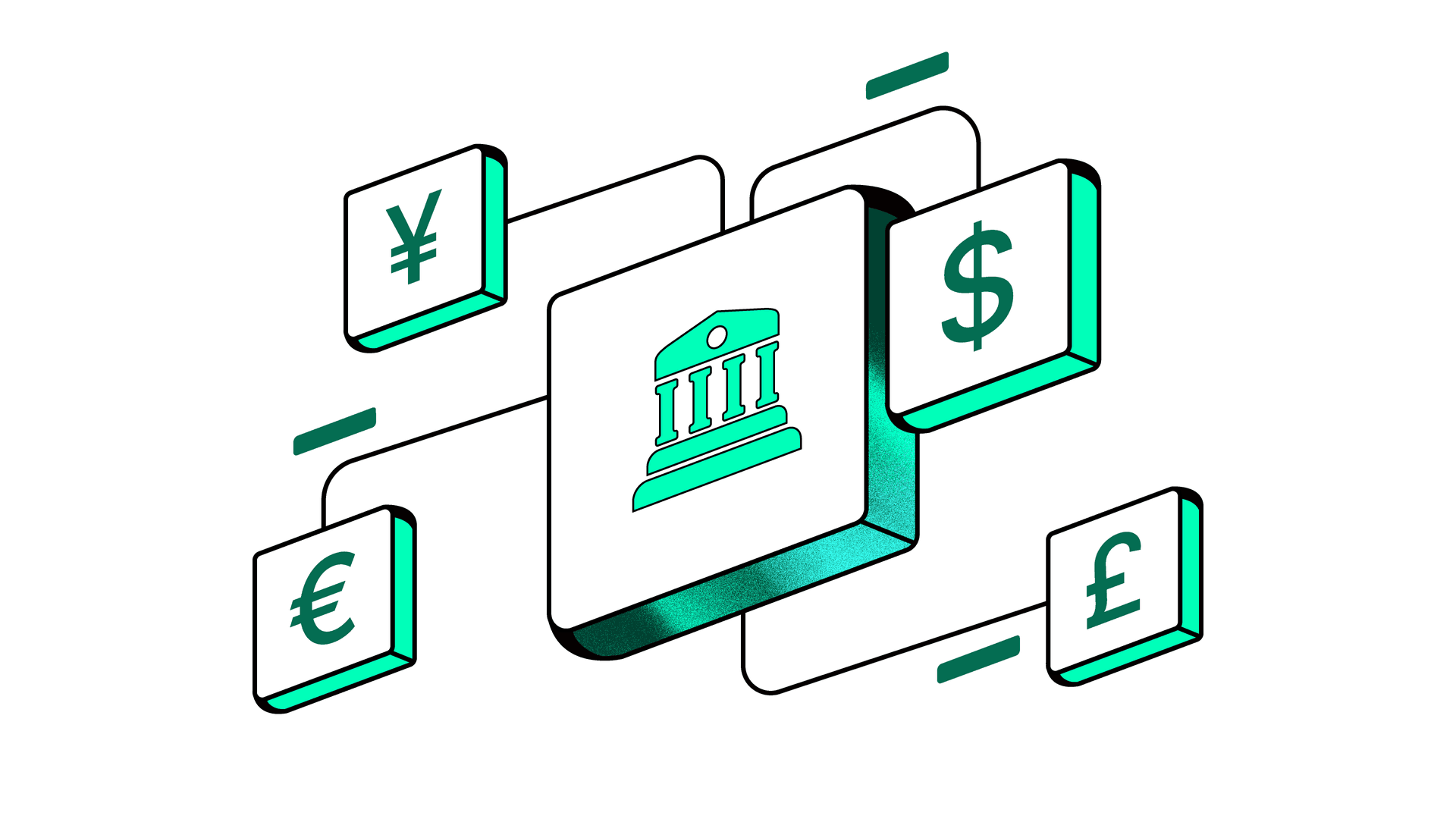Central Banks enter a “pause” period
Over 10 central banks held a monetary policy meeting last week. The big picture is that Emerging Market (EM) central banks ex-Turkey are entering the rate cutting cycle, led by Brazil and Latin American central banks. Mature Market (MM) central banks are oscillating between “skip” or “pause” strategies, and communicating that they are close to peak rates for the cycle. The two surprises of last week were delivered by the Bank of England (BoE) and Swiss National Bank (SNB) which held rate steady, despite expectations for respective hikes. Both the BoE and SNB are paying more attention to lagged effects of monetary tightening on unemployment, economic activity and the housing market, which are showing signs of weakness. August CPIs also came below economists’ forecasts in both the UK and Switzerland.
Energy price revival and “high-for-longer” rates
The next phase of monetary policy for the US Fed and MM central banks is holding rates steady. “High-for-longer” has now been imprinted in the mind of investors, and is being more and more reflected by asset prices. Last week’s most notable message from the FOMC meeting was that rate cuts would not occur as fast and as early as thought: the FY 2024 policy rate was seen by the Committee at 5.1% vs 4.6% during the June projections.
This would signify another year with US rates > 5%. How probable is this projection? There are signs of growth weakness and less pressure in core inflation in the US: the latest US Services PMI shows that employment in the Services sector is normalizing. It is easier for companies to find employees and therefore to resist wage increases. In the UK, the employment outlook is more dire according to the latest flash PMI, and wage growth should therefore slow (now at 8% YoY, much higher than in other MM). However, we are getting more convinced that headline inflation is in a re-accelerating phase, driven by energy prices. This winter and the instrumentalization of energy and food exports for war should keep energy prices volatile. We estimate that gasoline price growth should bring the US headline CPI for September up to 3.9% (from 3.7% YoY in August), which should converge with a desinflating core (estimate 4.0% YoY for September, down from 4.3% YoY in August). We do not think that higher energy prices will lead the central banks to hike much more, but they will probably push central banks to hold rates steady.
The question is when will US growth weaken to the point that the Fed gets worried? Below is a chart on coverage of interest expense by EBITDA for US Investment Grade corporates. The same chart is available for High Yield here. Most US credit charts show that US corporate fundamentals have started to deteriorate, but not yet to historical recessionary levels. This period of deterioration could last months or years. Admittedly, from now on, there are other headwinds on the US economy: the reintroduction of US student debt repayment (one-third of US consumer debt), plus evidence of pandemic savings being close to depletion. We are paying attention to the growth / inflation dynamics and whether both start to weaken significantly. For now high inflation remains the number 1 issue for the US Fed (less so for the BoE or the ECB).

Implications for financial assets
What does it mean for financial assets? We are entering in the more “boring” market phase of the cycle: rates on hold, but a question mark on how long they will stay at current levels. This means that valuations are slowly adjusting to this high-rate regime, and bottom-up investors are chasing attractive valuations in credit, equity, venture capital and private equity investing. The year-to-date “AI”-narrative-driven top performing public stocks look like they are taking a breather, and we remain cautious on Tech more generally. The Bank of Japan retracted its message on policy normalization last week, which helped avoid the deeper correction that was in the making last Thursday (Tech / Crypto / Gold down post-Fed pre-BoJ).
Our risk management indicators for crypto are mixed: the BTC price momentum temporarily emerged above zero last week but now oscillates around risk-on / risk-off. We also note that our Crypto Risk Premium, based on implied volatility on crypto options, has started to increase from a low level (so has the S&P 500 VIX).
Even in this crypto bear market, some coins outperform: our Cross-Momentum model has held Maker as a top holding for a few weeks. Interestingly, new coins are gaining traction: Chainlink has just made it to the top 3 this week. We are also flagging the improving momentum for Aave (30-day momentum > 90-day > 180-day).
This week
Tuesday 26
- US Aug. New Home Sales and Building Permits (consensus 700k and 1.543m)
- US Sept. CB Consumer Confidence (consensus 105.6)
Thursday 28
- German Sept. CPI (consensus 4.6% YoY)
- Fed Chair Powell speaks (primary content will be around education though)
Friday 29
- Germany Sept. employment report (unemployment rate consensus 5.7%)
- Eurozone Sept. CPI and Core CPI (consensus 4.5% YoY and 4.8% YoY)
- US Aug. core PCE price index (consensus 3.9% YoY)
Saturday 30
- Chinese PMIs










